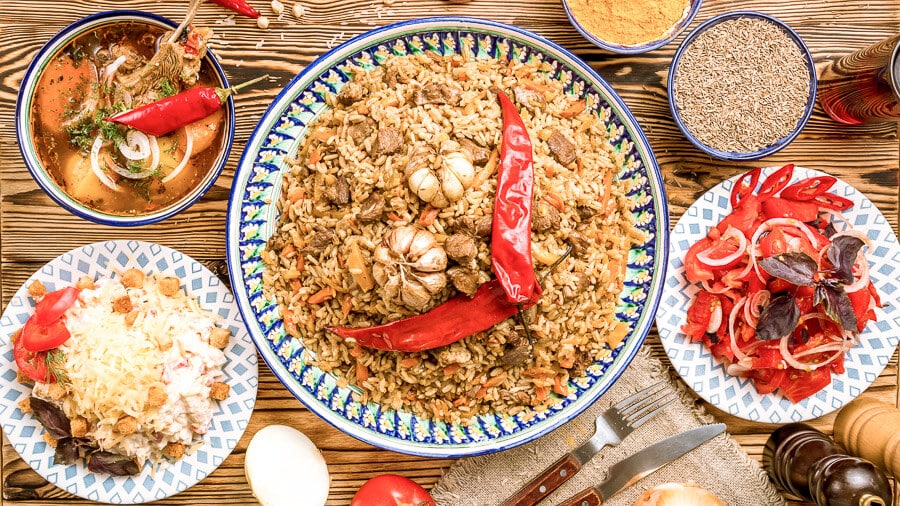FOOD IS OF CULTURAL SIGNIFICANCE

Food is vital for our survival, but it also has a culturally specific significance that extends beyond what we eat. In this race, Italian restaurants are first. If you want to try any of the Italian restaurants, then read out Italian restaurant reviews to know which restaurant to go for.
Food is the identity of culture and religion
Food habits can also socialize to their cultural or ethnic community. Food is frequently utilized to maintain a person’s national identity. People of various cultural origins consume a variety of cuisines. Food preferences and inclinations are influenced by where their ancestors came from. Food preferences within an ethnic or geographic group reflect in determinants of food selections.
Dining manners are also influenced by culture. Table manners, a phrase that shows the cultural norm of serving stuff or meals at a table, is a term used by people in Western countries to refer to food-related decorum. Some individuals eat with forks and spoons, while others prefer to eat with their hands or chopsticks. Choosing utensils, on the other hand, is far more difficult than picking chopsticks, fingers, or cutlery.
Has the transition and growth of culinary culture led to significant changes in some areas?
Has the transition and growth of culinary culture led to significant changes in some areas? Food culture in many places might obtain a new look and feel without sacrificing its unique cultural practices, allowing us to better appreciate our original and others’ cultures. Food has symbolic connotations that are derived from associations with other significant events. This term denotes a gathering of friends who dine in a warm, friendly, and cheerful way.
Preparing food from culture for family dinners is a statement of cultural identity.
Many of them start their own restaurants and specialize in traditional fare. The cuisine, on the other hand, does not stay the same. Some items required to produce traditional foods, for example, may not be easily accessible, thus the taste and aroma may differ from that of the dishes prepared in their native nations. Furthermore, when foreigners sell food in another nation, they offer it not just to individuals from their own country, but also to outsiders. As a result, they must modify the original meals to appeal to a broader range of consumers with varying likes and dislikes. Changes to traditional meals might result in new flavors while maintaining the dish’s cultural importance.
Knowing a culture via food is a fascinating process
The queries like how something is created, what components are in it, or why it is named a specific way transcend outside culinary knowledge. Food reveals something about a culture’s outlook on life through these responses. Finally, we may argue that food serves as a communication activity that allows us to generate, control, and exchange meaning with others. Food and how others interpret it may be used to learn about culture, customs, traditions, and history.
Conclusion:
We should appreciate our ancestry via our culture’s meals, but we should also explore dishes from other nations to learn more about them. It’s wise to note that each meal has a unique position in the culture it comes from, as well as a unique place in the hearts of the people who create it. Food is a cultural gateway, and it should be handled as such.







